Please login or click here to join.
Forgot Password? Click Here to reset pasword
235 Interesting and historical facts about England.
Welcome to the England Facts Database. We will be organising the England facts into categories such as general facts, village facts, royal facts, spooky facts, and more! and also allowing you to sort facts by county, date added, and so on.
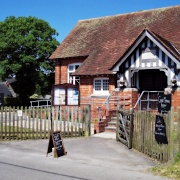
The Wiltshire village of Maiden Bradley was named after a leper colony for maidens, and a broad (Brad)clearing (Ley) in a wood.
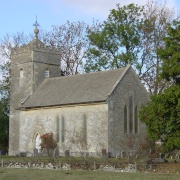
St. Giles Church, Hampton Gay. This tiny church serves the people of the hamlet of Hampton Gay, Oxfordshire. It has not heating or lighting, so on dark nights, services are held by candlelight.
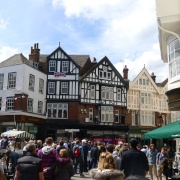
The name Canterbury - a cathedral city in southeast England - is derived from the French Caen. Canterbury Cathedral has a lot of Caen stone.
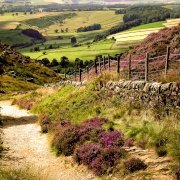
The Peak District was Britain's first designated National Park, created in 1951, followed closely by The lake District and Dartmoor
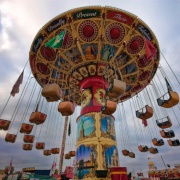
Hull Fair which traditionally started on the nearest Saturday to 11th October but now starts on the Friday, is the biggest traveling fair in Europe. 'Traveling Fair' meaning that all rides, sideshows etc travel to Hull for the week and depart afterwards.
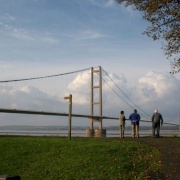
The Humber Bridge opened in 1981 was the longest single span suspension bridge in the world for 16 years.
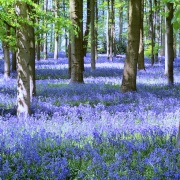
One of the most beautiful natural sights in England and a sign of springtime, is when the bluebells appear in April and May. There are many places to see them, as Britain's woodlands are home to almost half of the global population of Hyacinthoides non-scripta, our native bluebell.
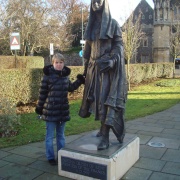
The Church of St Martin's in Canterbury was the private chapel of Queen Bertha of Kent, whose influence led to the introduction of Christianity to Anglo-Saxon England. Queen Bertha was canonized as a saint for her part in its establishment.
Please login to add a fact about England or register here.